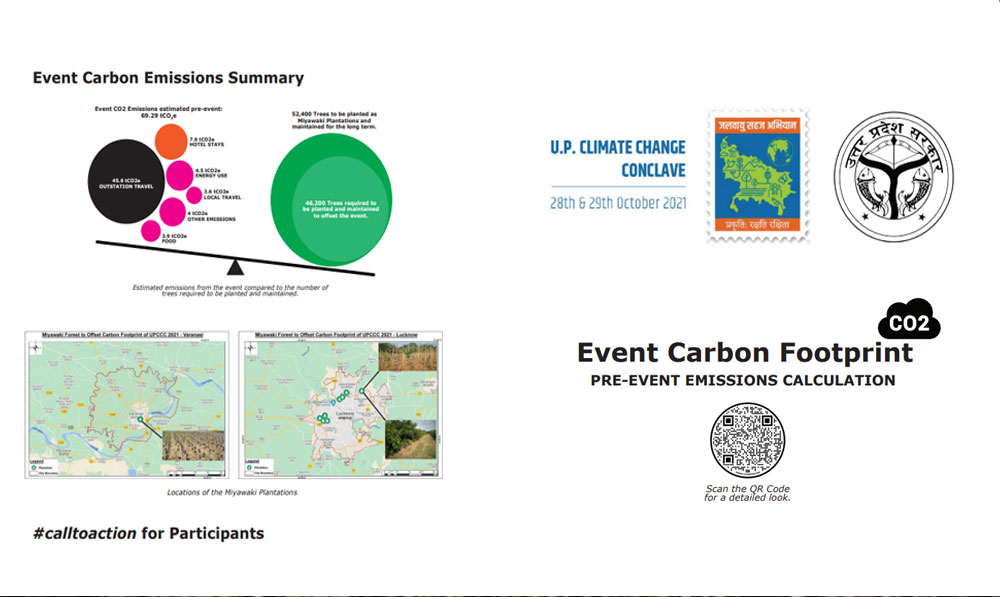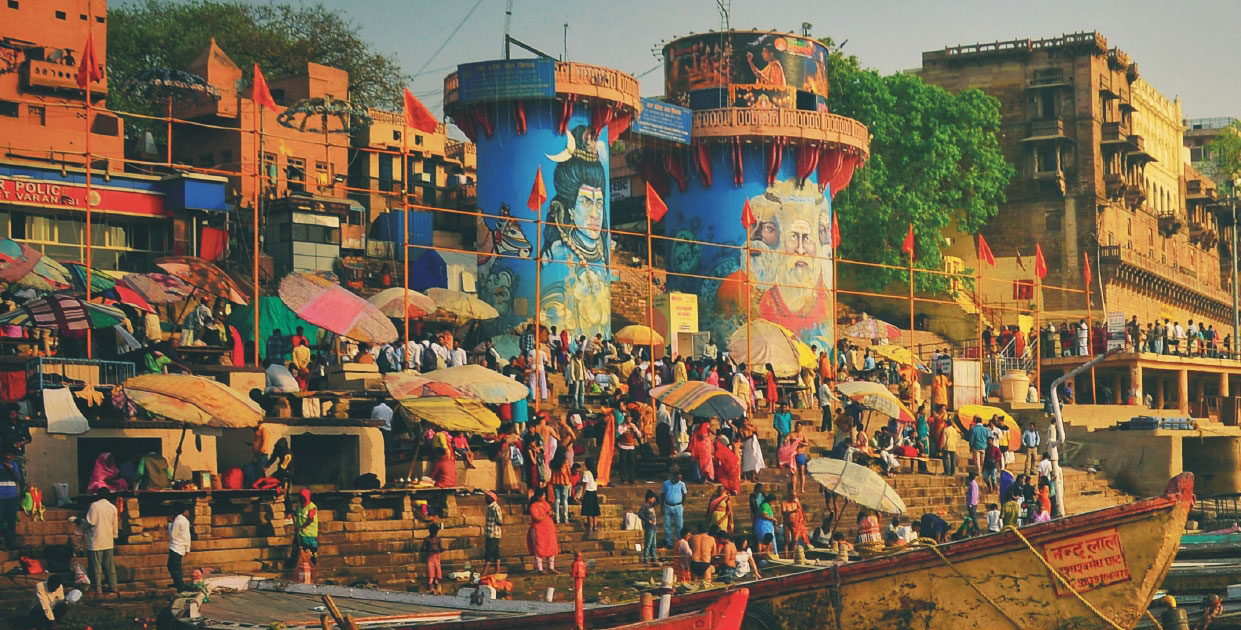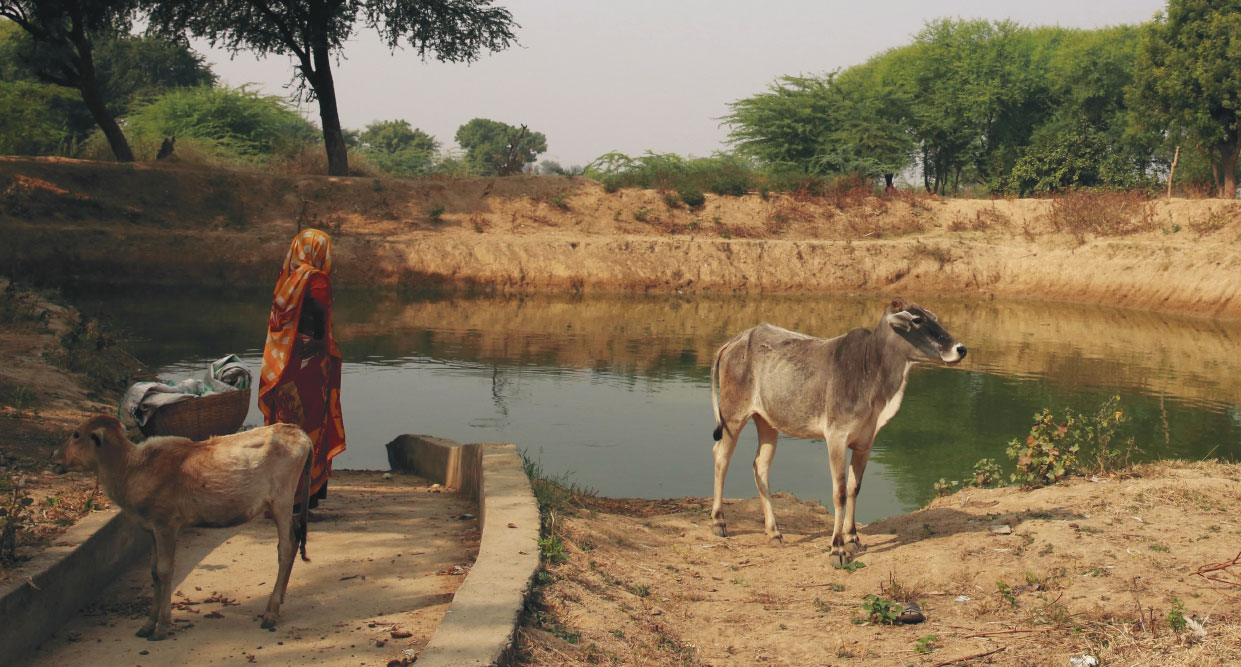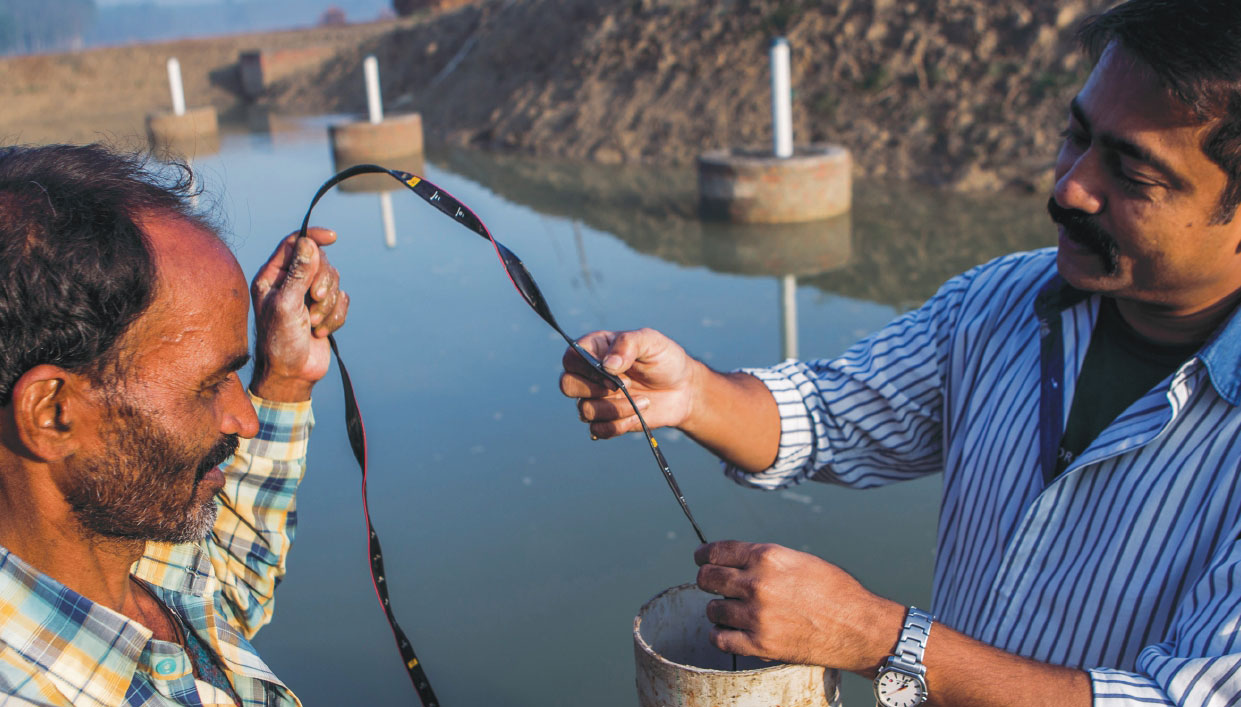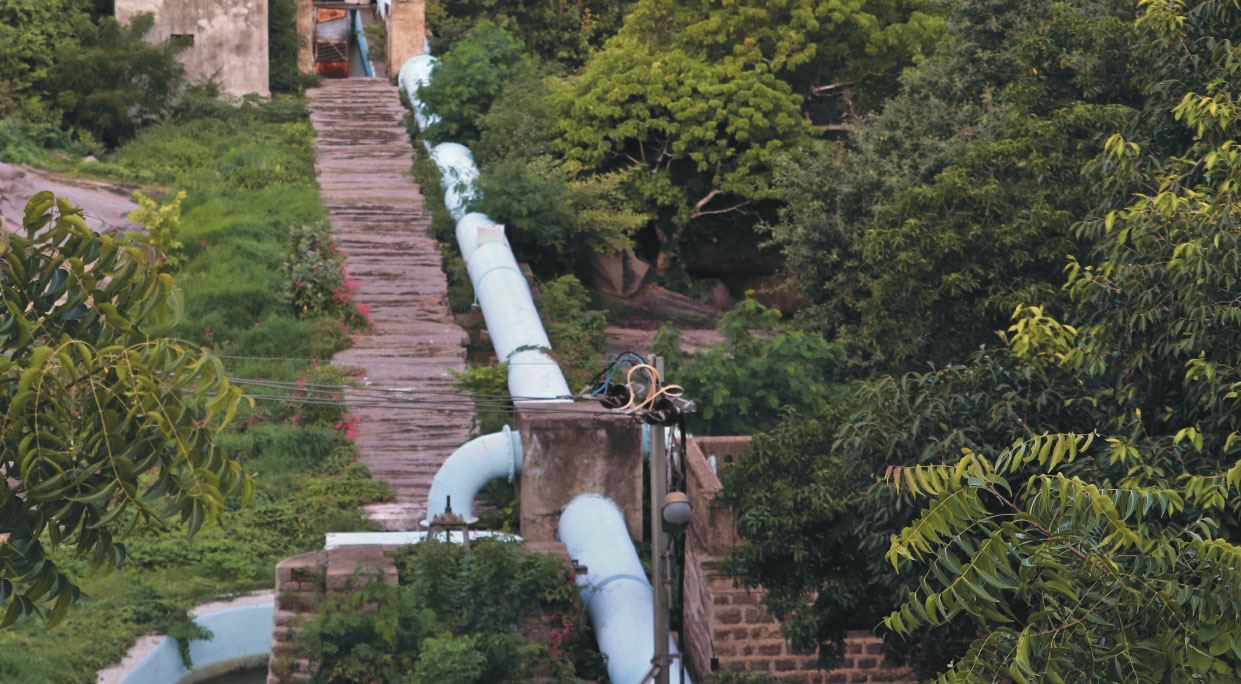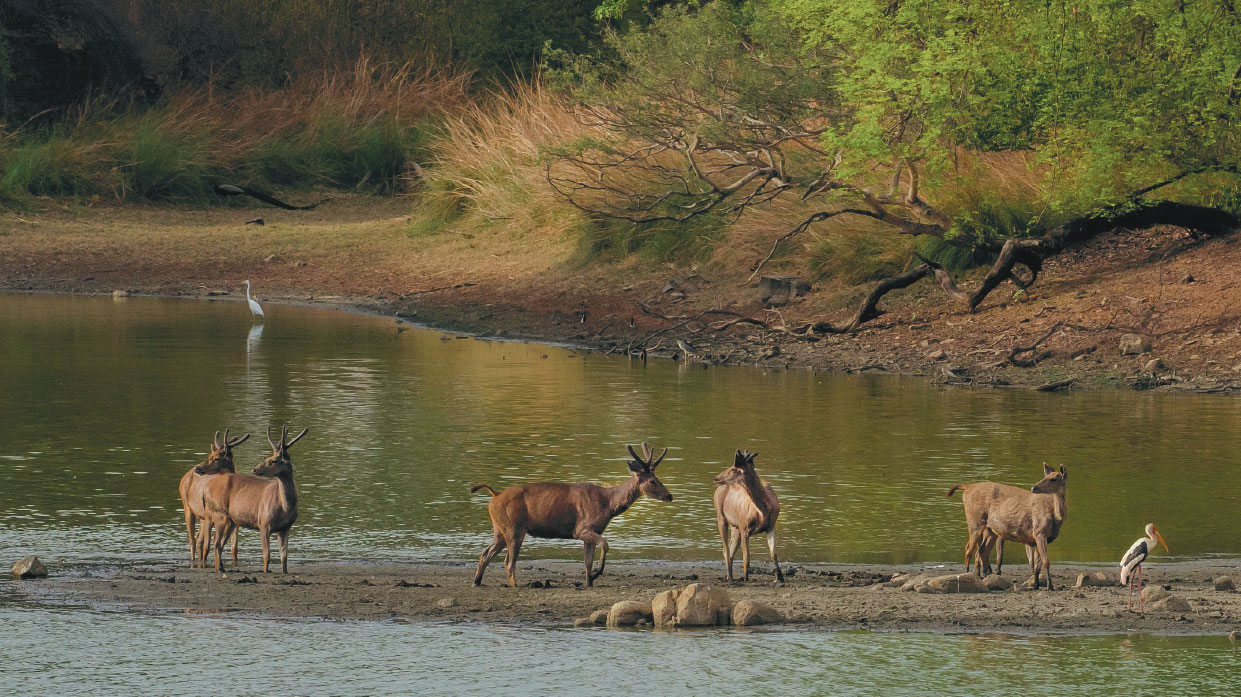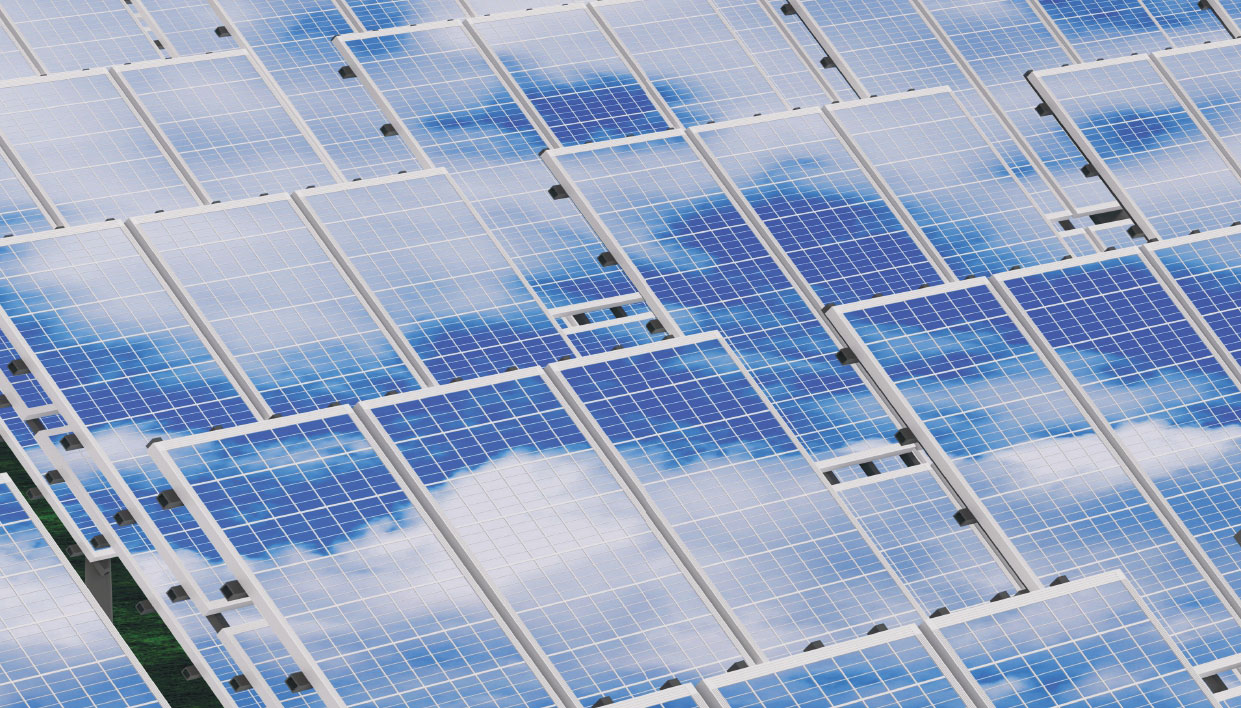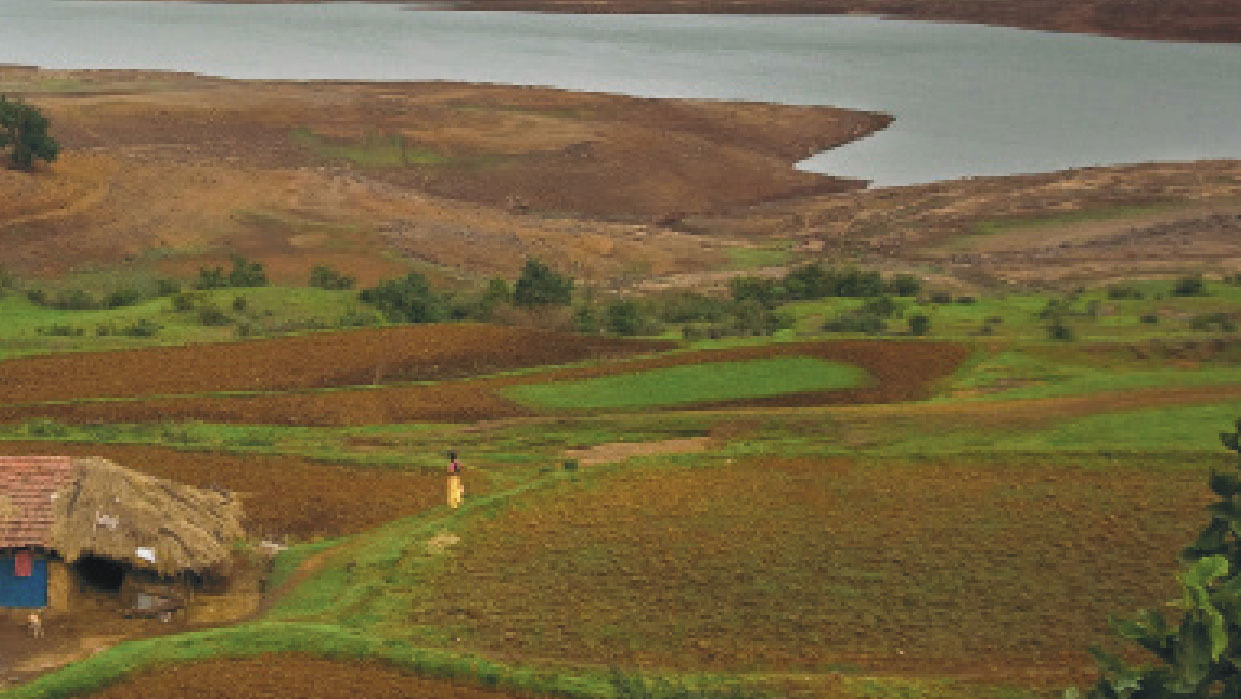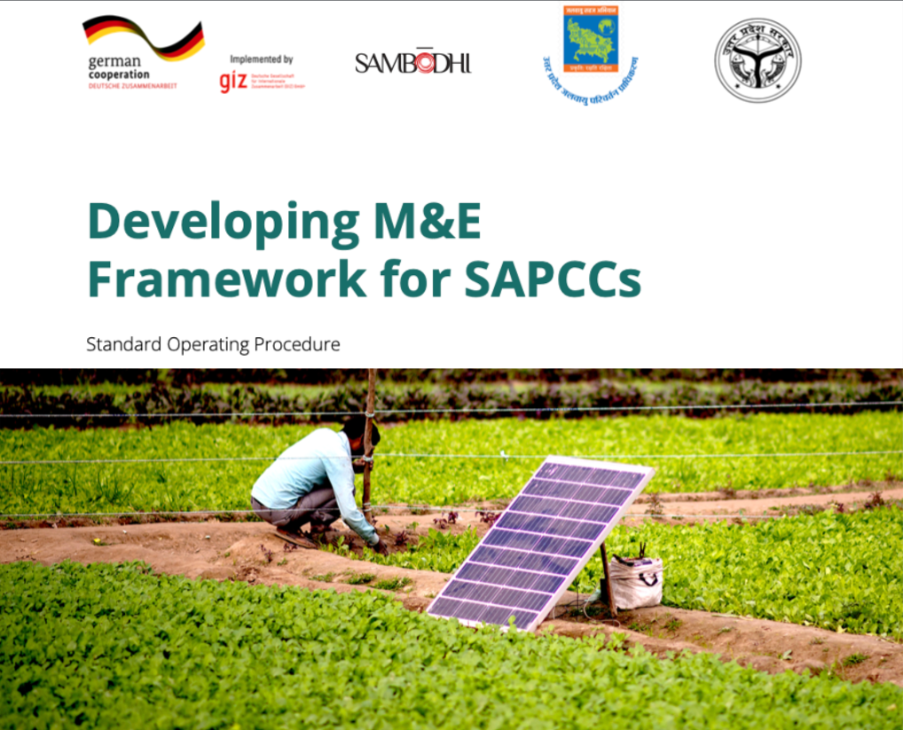Geographic Location of Uttar Pradesh
Uttar Pradesh has a total area of 2,40,928 square kilometres and is located in northern India, sharing international borders with Nepal. The Himalayas are located in the north of the State, while the plains cover most of it. UP is divided into three distinct topographical areas. The first is the northern Himalayan area having a very rough and diverse terrain with topography ranging from 300m to 5000m. The second is the Gangetic Plain, which is located in the centre and features prosperous alluvial soils and a flat terrain studded with numerous lakes, rivers, and other bodies of water. The third is the Vindhya Hills and Plateau in the south, marked by a hard rock stratum and a diverse topography of plains, hills, valleys and plateau. Water is limited in this region. The major rivers of Uttar Pradesh are the Yamuna, Ganges, Ghaghara and Sarayu. Other than agricultural importance, these rivers bear a lot of spiritual significance. The State shares its borders with the following Indian states: Himachal Pradesh, Haryana, Jharkhand, Uttarakhand, Madhya Pradesh, Chhattisgarh, Delhi, Rajasthan and Bihar.










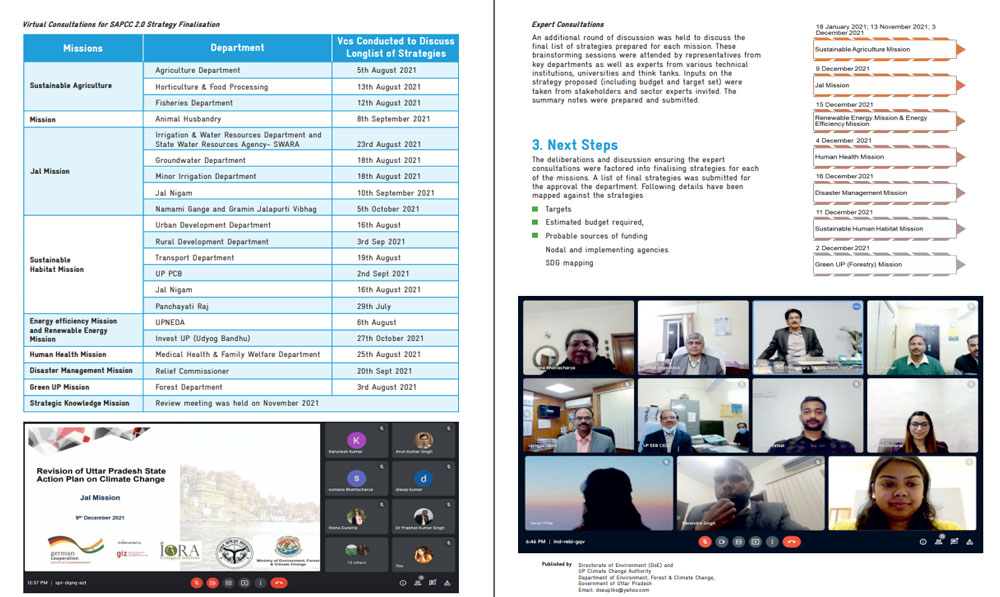
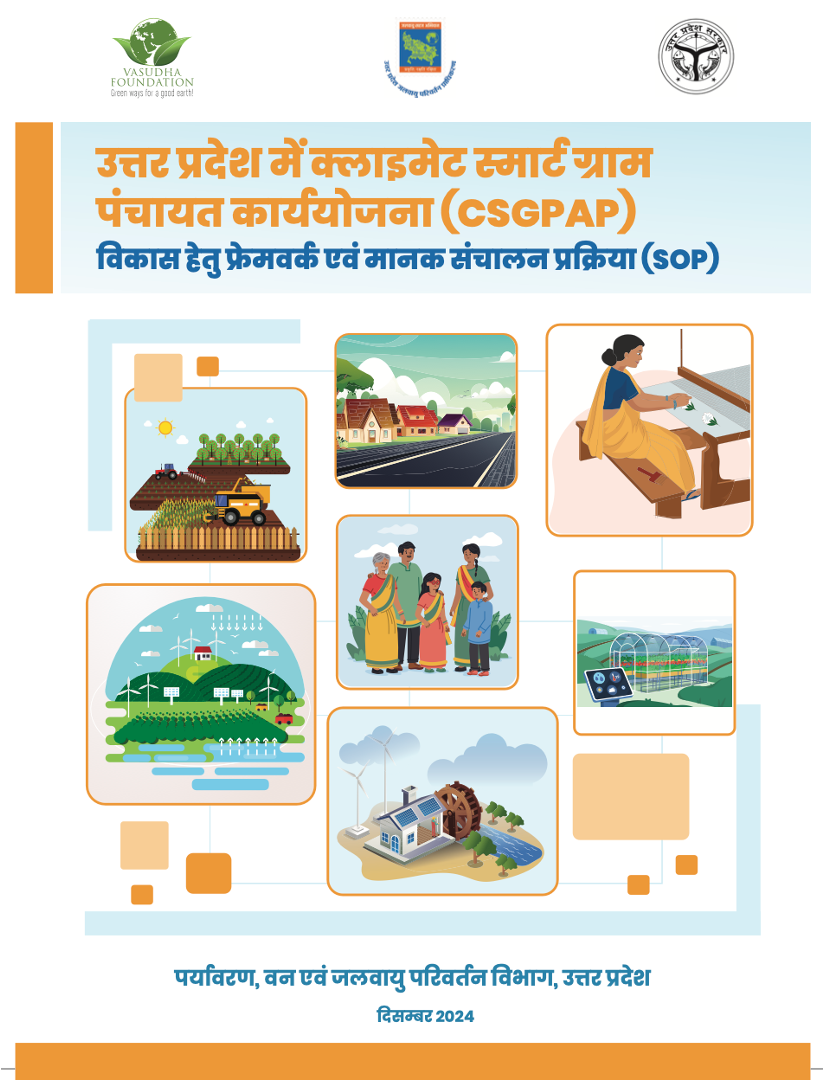
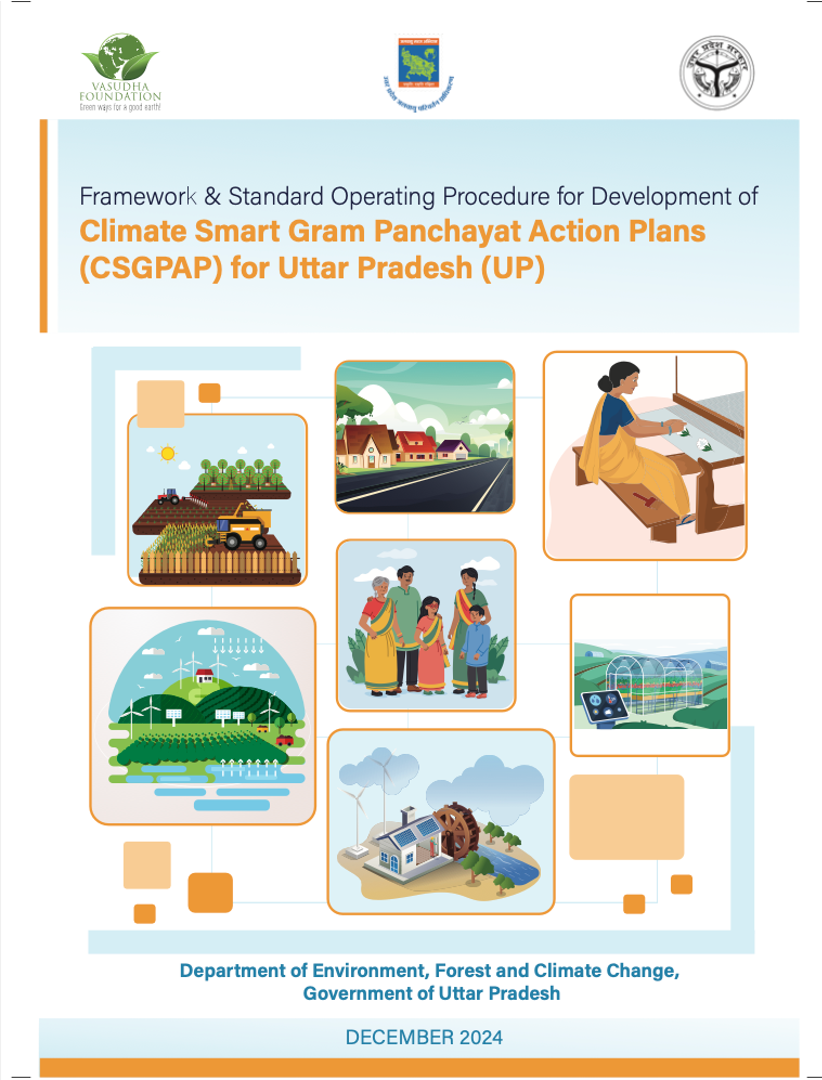



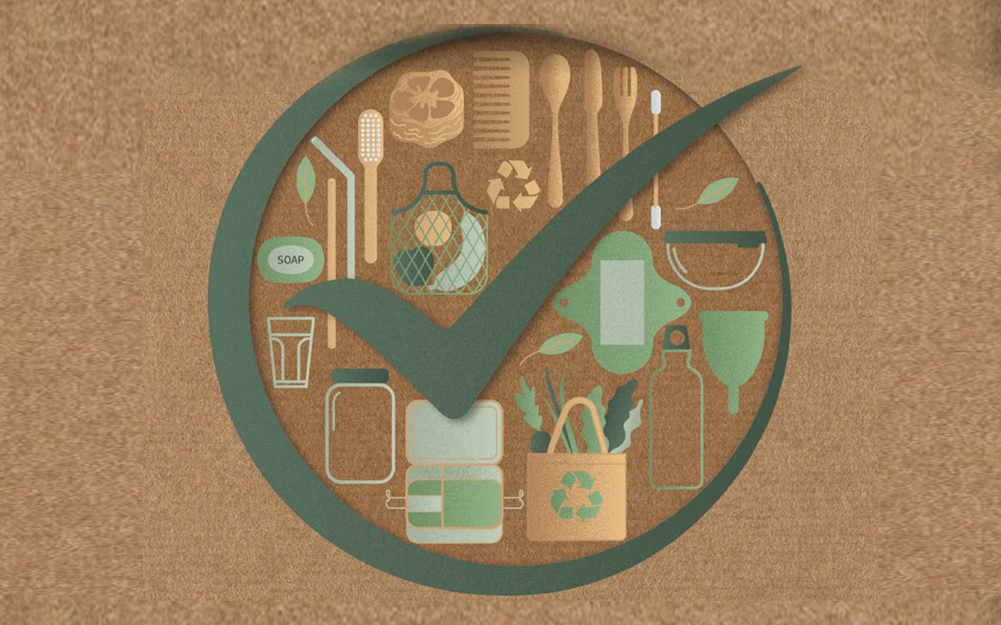

.png)
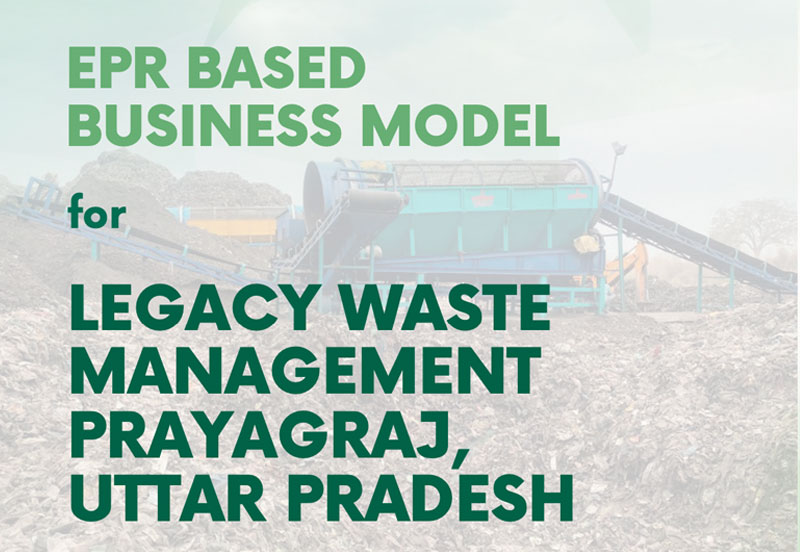
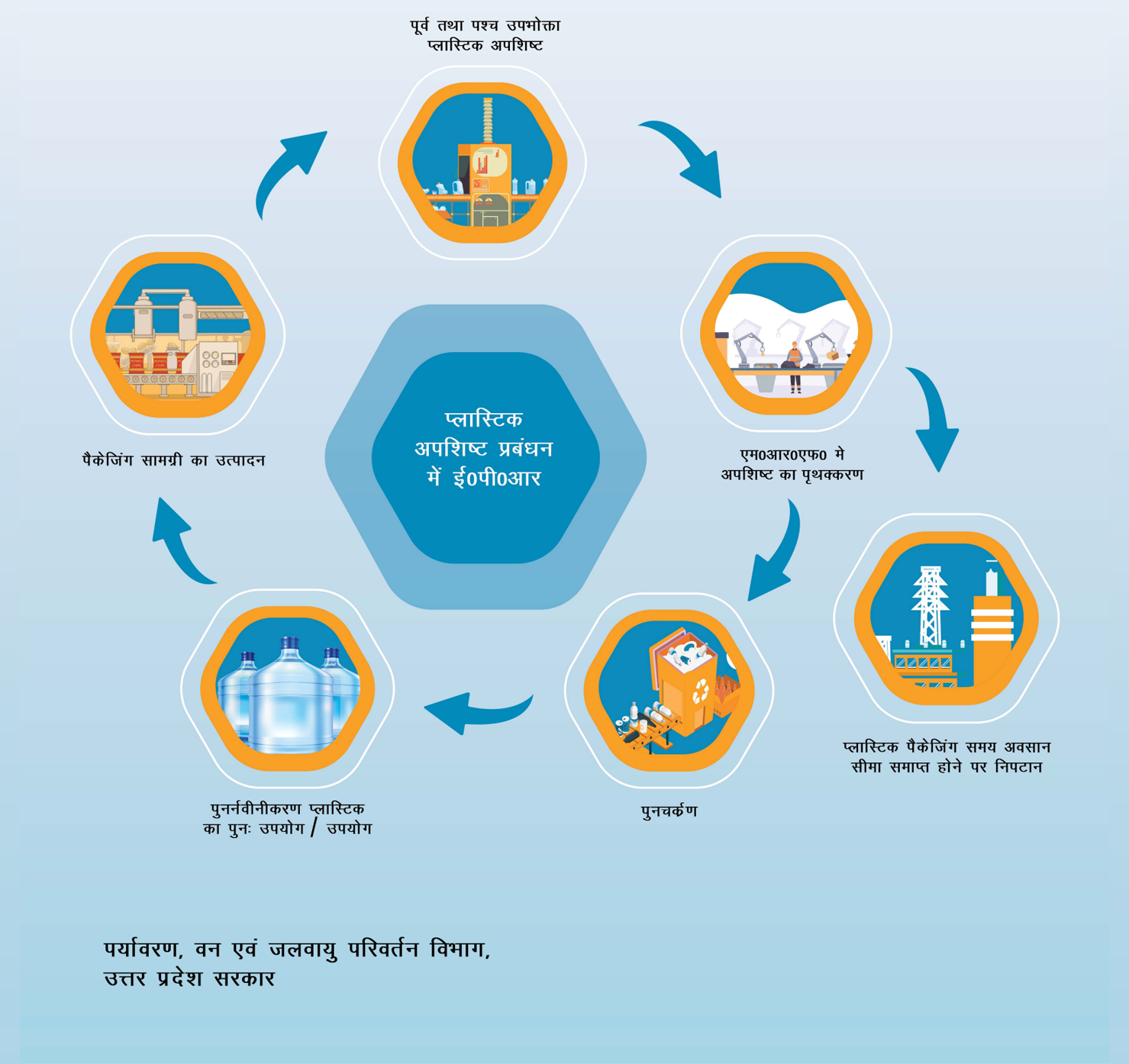
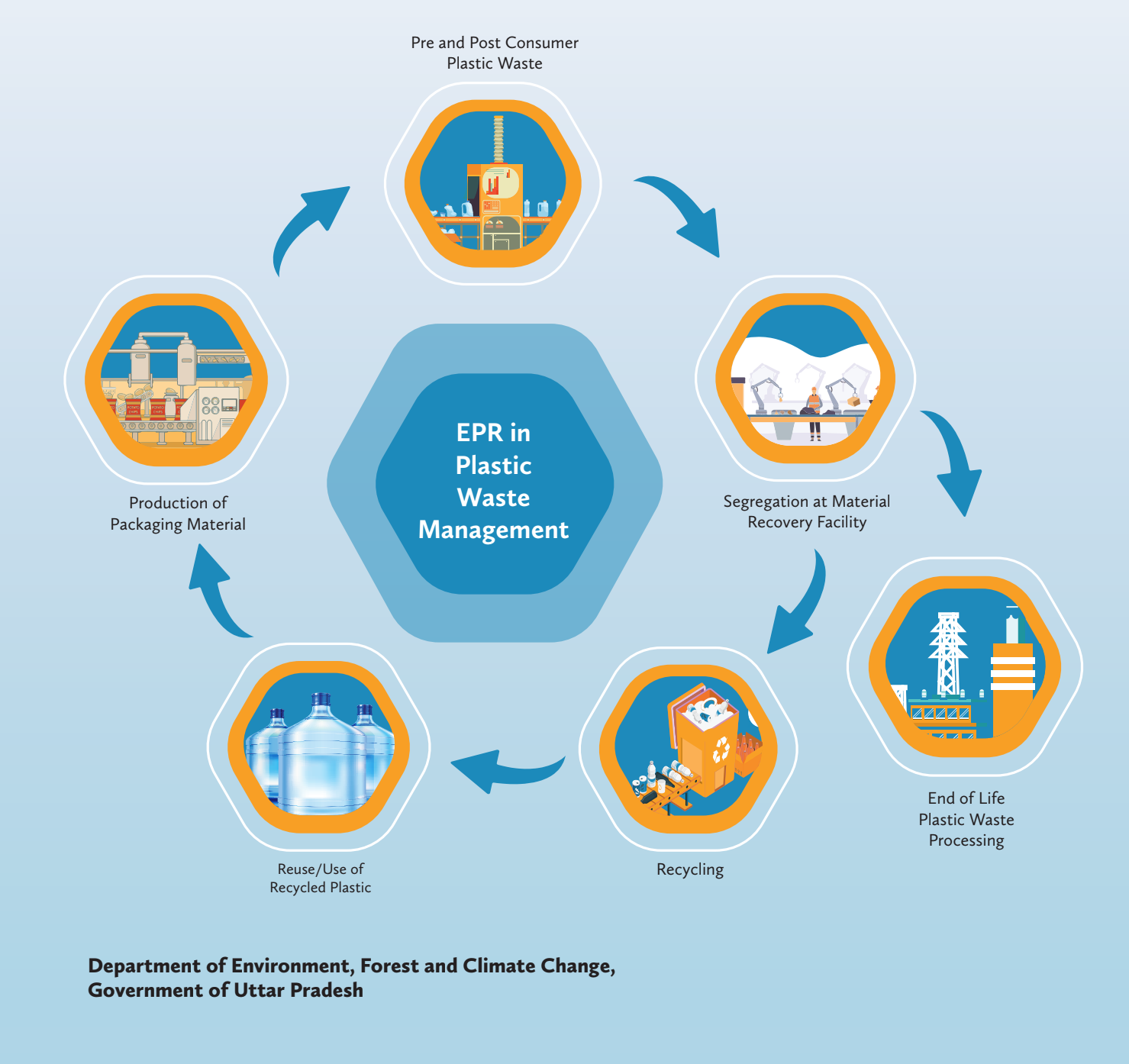

.png)
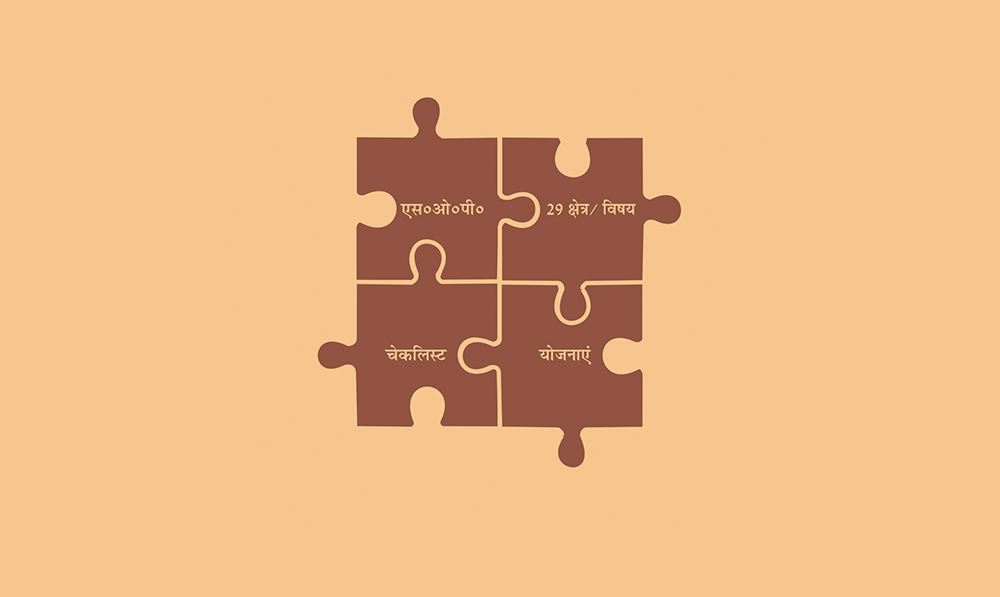

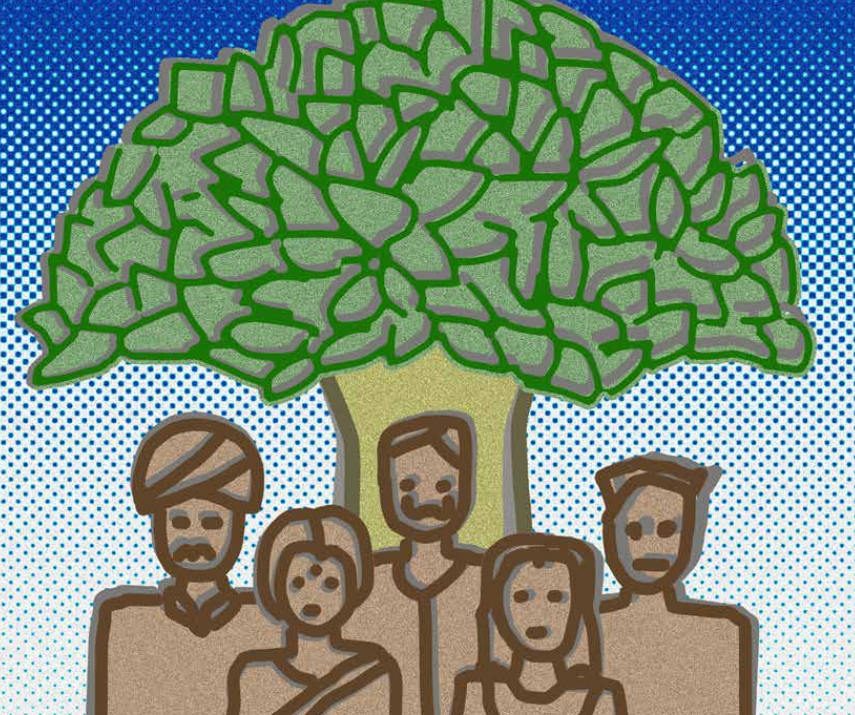
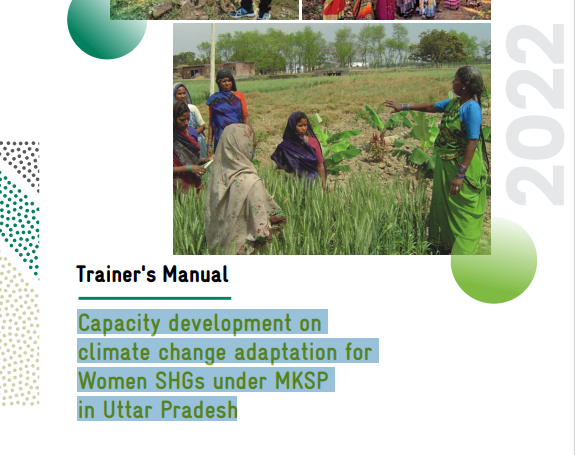
.png)
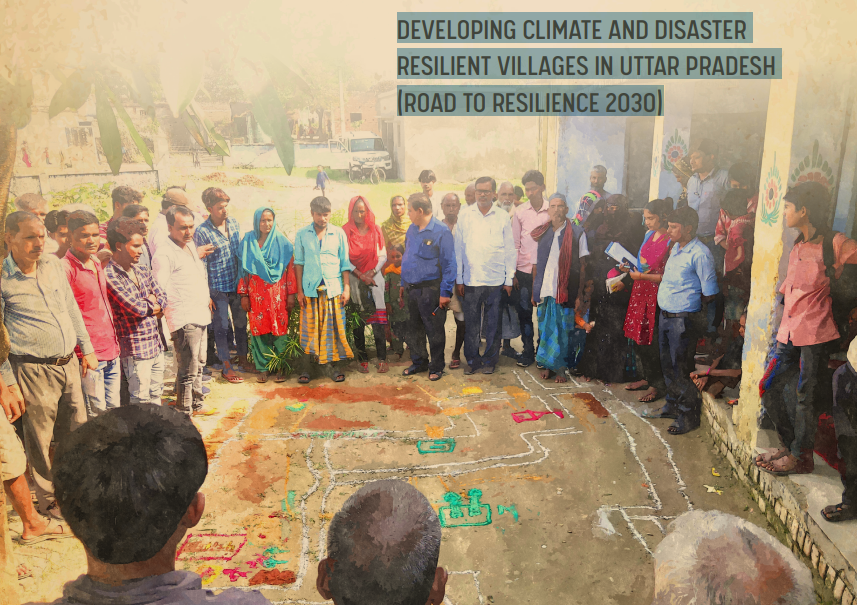
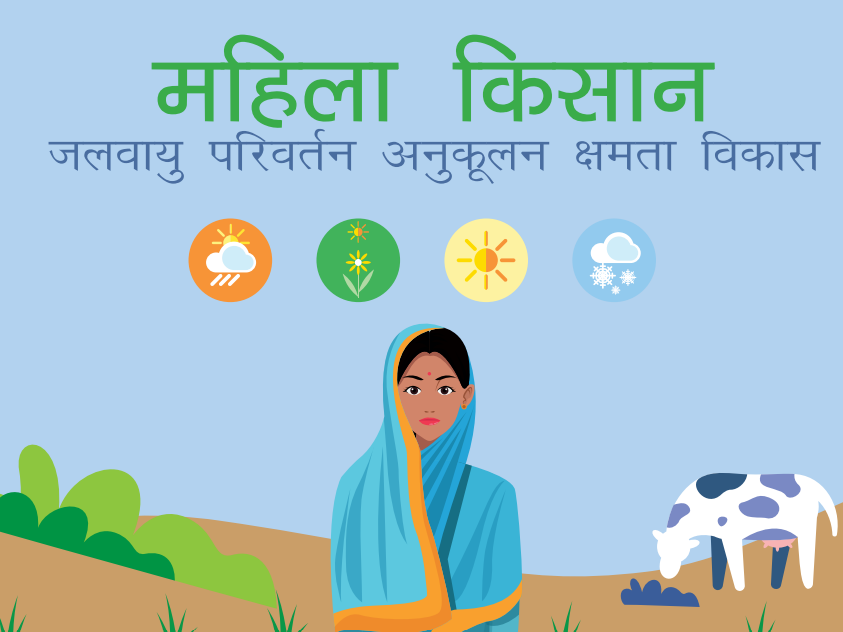

.png)

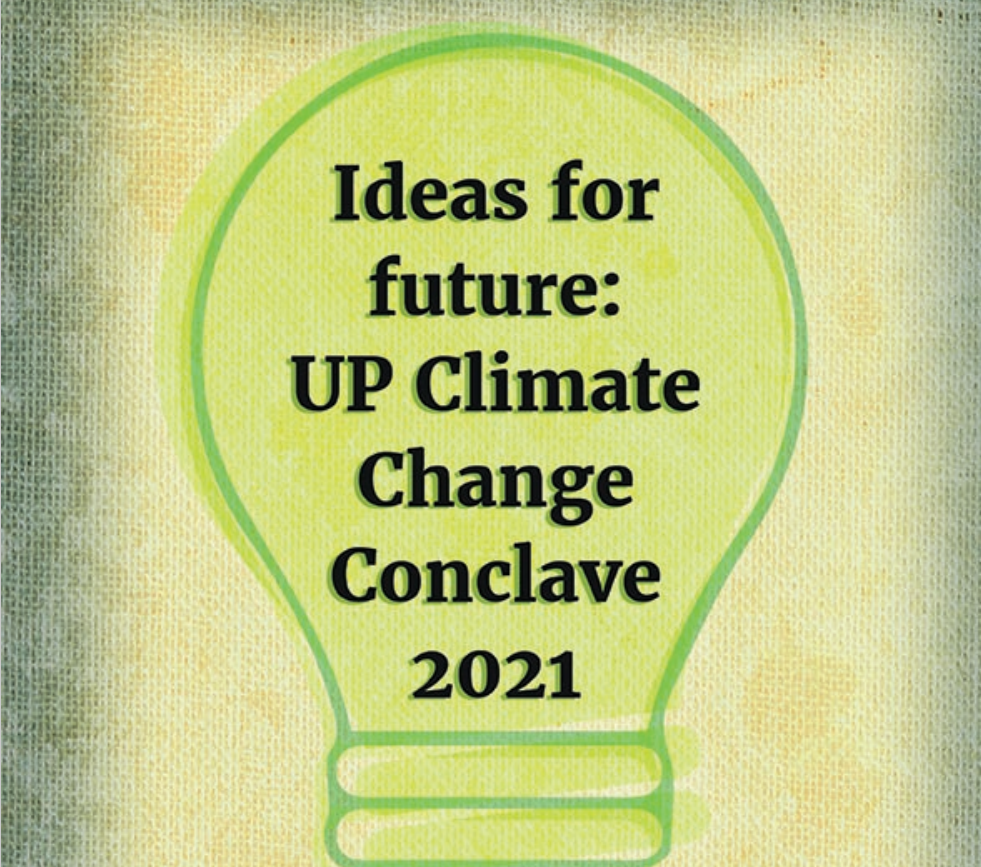

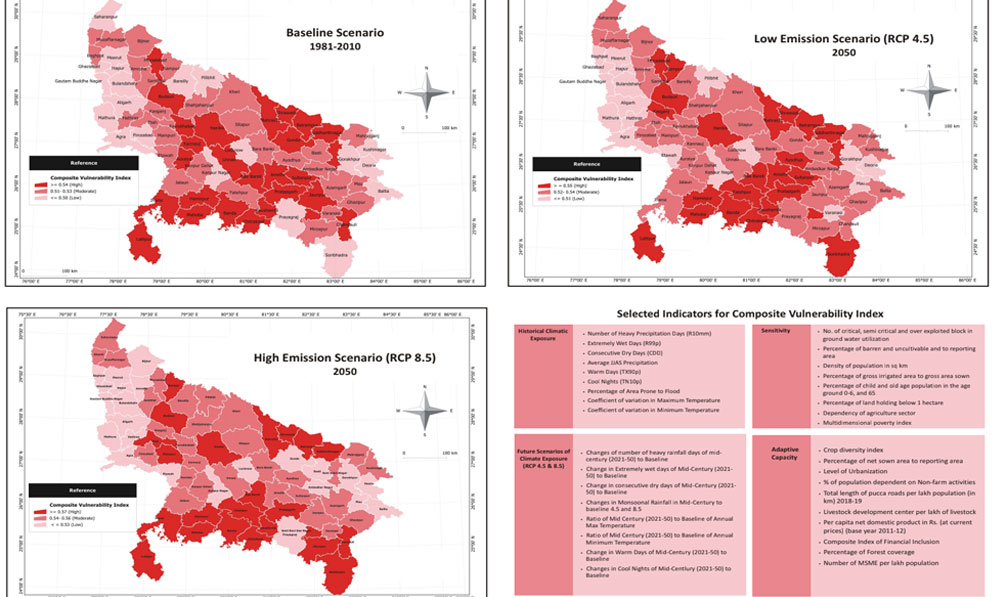
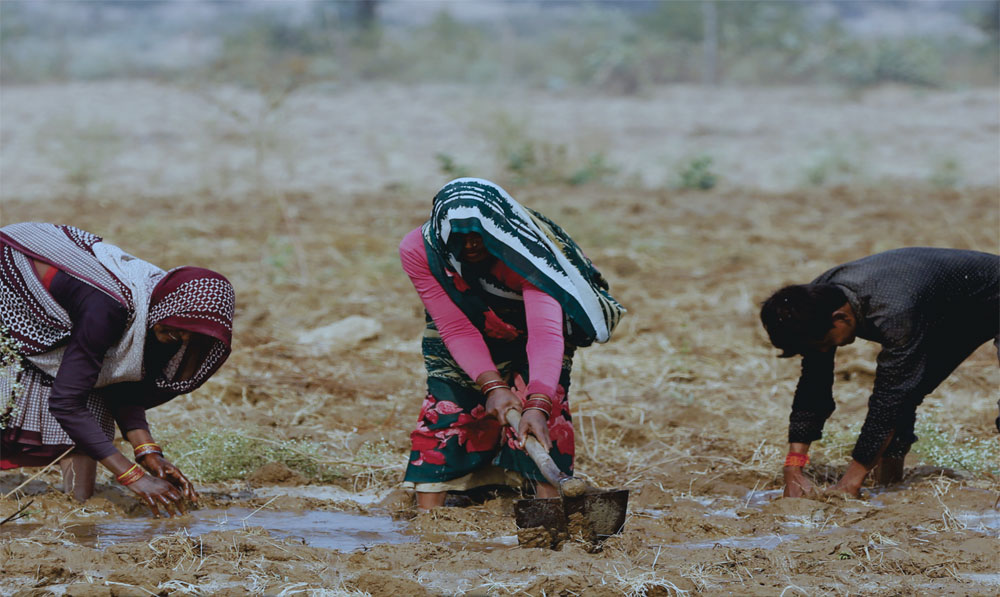
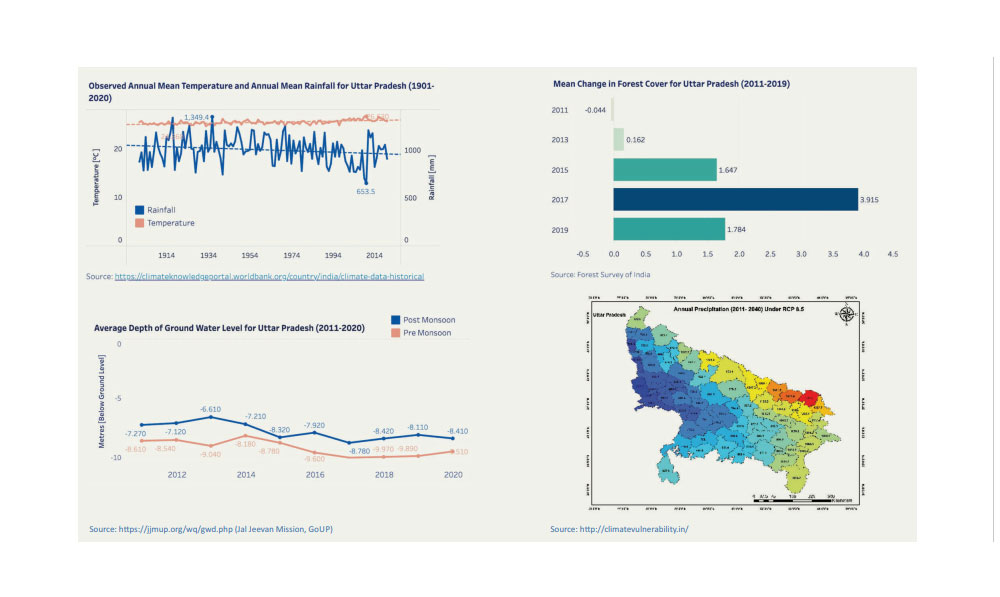
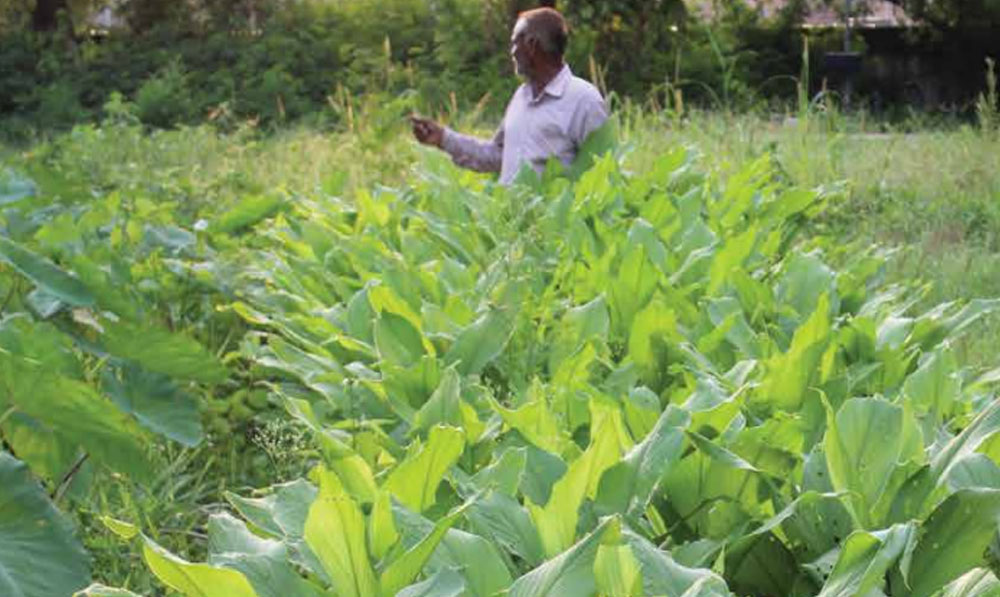

.jpg)
